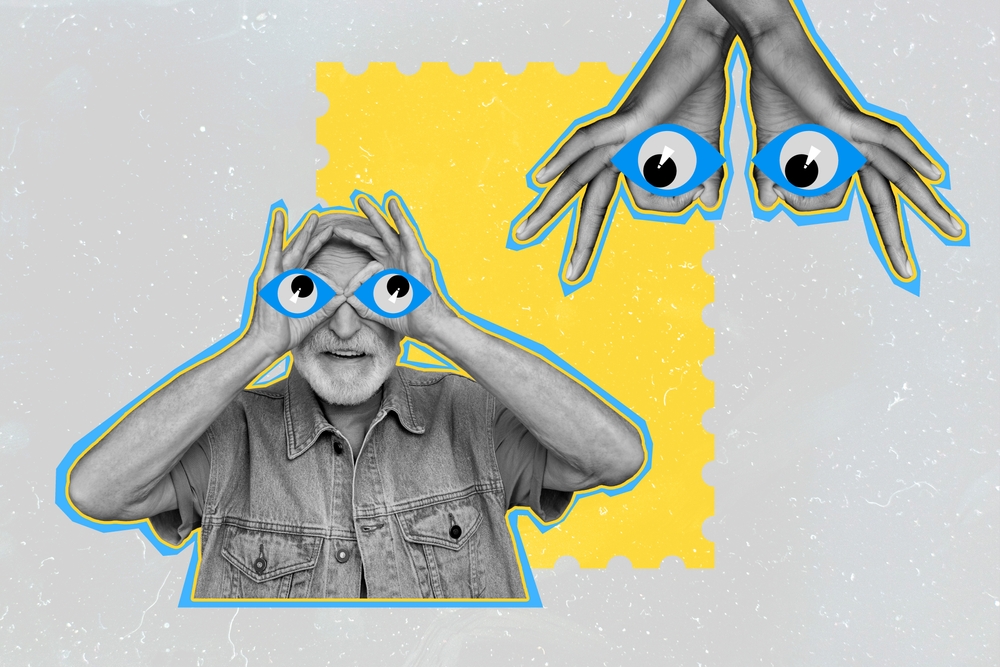

Eye-Opening Facts About Common Eye Issues: Part 2
Your eyes are more than the windows to the soul. Rather, they are one of the most important organs you have because they allow you to perceive the world around you. Whether you are admiring an abstract painting or checking your blind spot while driving, you have your eyes to thank for enabling you to process that information!
Previously, we shared part 1 of our 2-part series on common eye issues people experience. Today, we will be sharing part 2, which includes a discussion on three conditions: styes, blepharitis, eye floaters, and spots. Our goal is to ensure that you have enough knowledge to you can take ownership of your eye health and come in for an exam when you notice symptoms.
What Is a Stye or Hordeolum?
A stye, formally known as a hordeolum, is a red, painful bump that occurs on the eyelid margin as a result of blocked oil glands. Unfortunately, getting rid of a stye involves some waiting because you will need to allow it to come to a head before you can express it. To effectively express the stye, we recommend applying a warm compress a few times daily. Because bacterial infections often cause styes, your optometrist may also provide an antibiotic ointment to apply after the compress. If the stye is particularly large, you may need the help of an optometrist to express it safely.
What Causes Blepharitis?
Blepharitis is a chronic, incurable condition that results in inflamed eyelids. The main cause of blepharitis is inflammation of glands either along the base of the eyelashes or the waterline of the eye. In both cases, people who experience blepharitis often deal with flakes on their eyelashes, eyelashes falling out, light sensitivity, irritation, and dryness.
Although blepharitis has no cure, keeping your eyelids and eyelashes clean can help alleviate the inflammation. Warm compresses, artificial tear drops, eye drops, and ointments can help with symptoms associated with the condition.
Why Do We Get Eye Floaters & Eye Spots?
Eye floaters or eye spots are small particles in the gel inside your eye. They appear as floating specks or squiggles in your vision when they enter your field of vision. Most people experience eye floaters, especially as they age. While eye spots and floaters may feel like a cause for concern, they do not usually cause problems. Because they do not cause complications, they do not need to be “cured,” per se; however, it is important to see an optometrist if you notice a sudden increase in the number of floaters you see. A sudden, noticeable increase in eye spots or floaters can be a sign of a retinal tear and requires professional attention.
Book Your Edmonton Eye Exam
Styes, blepharitis, and eye floaters are problems many people experience throughout their lifetime. Although not usually serious, it is vital to be aware of the symptoms of all of these conditions so you know when to see an optometrist. Reach out to book an appointment with us at Ambleside Family Optometry today if you’re ready for your next checkup.
